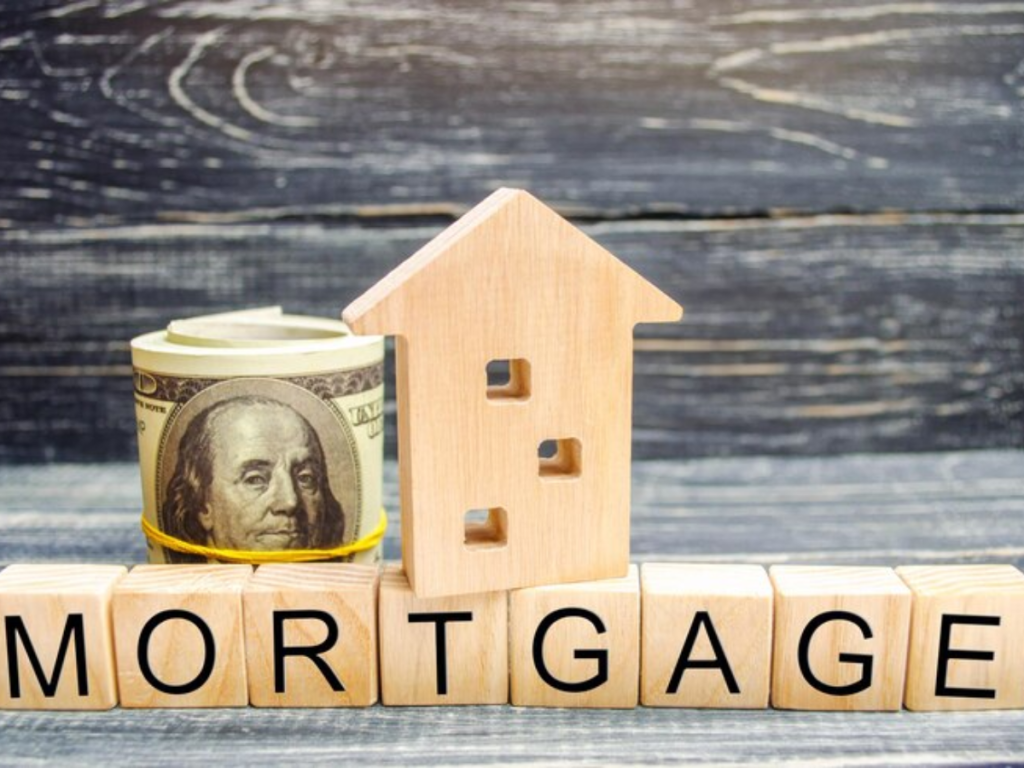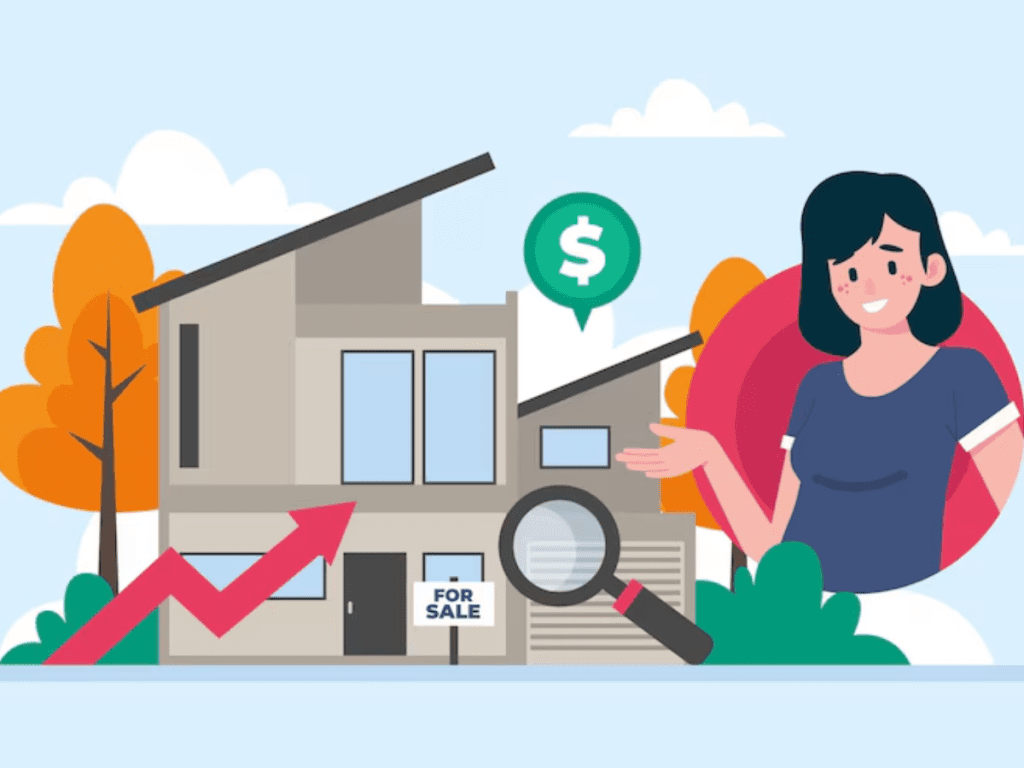Introduction
Refinancing your home loan can be a smart business decision that potentially saves you thousands of dollars down the line. But it can also be something you should make with caution since it can be costly if approached incorrectly. Whether you’re looking to reduce your monthly payments, lower your interest rate, or change your loan term, refinancing may seem like an attractive option, but understanding when it’s the right choice for your situation is key. This article delves into the process of refinancing your home loan, exploring both the benefits and potential drawbacks, and offering guidance on how to decide when refinancing is a wise financial move.
What Is Refinancing?
Refinancing a mortgage means exchanging your current home loan for a new one, usually with varying terms. Generally, the objective is to obtain lower interest rates, modify the loan period, or borrow against the value of your home for other purposes. Refinancing is a versatile financial instrument that can be employed to lower your monthly mortgage payment, decrease the duration of your loan, or combine debt. Whether or not to refinance usually depends on your current market situation, credit rating, loan’s remaining term, and your overall financial objectives in the long run.
In other words, refinancing is similar to redoing the terms of your existing mortgage to suit your current circumstances. But it’s not always the best option for everyone. It’s important to consider the advantages and disadvantages of refinancing before going ahead, as there are situations where refinancing might not be the best course of action.
Why Should You Consider Refinancing?
Homeowners generally refinance their mortgage for a number of important reasons. The most popular reason is to save money, either in the form of reduced monthly payments, a more favorable interest rate, or even quicker loan terms. Refinancing can also be utilized to access home equity to support other financial objectives, such as home improvements, debt elimination, or investment in other projects. Let’s explore these reasons more thoroughly.
Lower Interest Rates
Another extremely common reason individuals refinance is to qualify for lower interest rates. If interest rates have fallen since you borrowed your initial mortgage, refinancing may allow you to lock in a better rate, decreasing your monthly payment and saving you money over the long term. For example, if your existing mortgage rate is 6% and current market rates have dropped to 4%, refinancing could lead to a huge decrease in your monthly payment and the total amount of interest you will pay over the entire term of the loan.
Change in Loan Terms
Refinancing for changing the terms of the loan is another most common reason to refinance. Other homeowners like to refinance their mortgage to change the loan term, moving from a 30-year to a 15-year mortgage, for instance. Reducing the length of the loan can lower the interest rate and increase equity more quickly. While monthly payments on a 15-year loan are more, the advantage is that the loan will be paid in less time, with much less interest paid over the course of the mortgage. Alternatively, if you are experiencing financial hardship and need lower monthly payments, you might refinance to lengthen the term of your loan, though this can have the consequence of greater long-term expense.
Cash-Out Refinancing
Another refinancing plan is cash-out refinancing, and it’s one of the most sought-after refinance techniques by homeowners with huge equity built in their house. With cash-out refinancing, you refinance your home loan for an amount higher than your existing amount and receive the excess amount as cash. Homeowners tend to spend this money on a range of things, including financing home renovations, paying off high-interest debt, or paying for large expenses such as medical bills or college tuition. While cash-out refinancing is a good method of accessing funds, it is not without risk, as you are really taking on more debt and risking your home if you default on payments.
How Refinancing Can Save You Money
Refinancing can be an effective money-saving tool, especially when interest rates are low and you’re going to stay in your home for a long time. The following sections explain some of the primary ways refinancing can save you money.
Lower Monthly Payments
One of the most direct advantages of refinancing is the ability to reduce your monthly mortgage payments. By locking in a lower interest rate, you can lower your monthly payment, releasing cash for other financial objectives. For instance, if you owe $200,000 on a mortgage with an interest rate of 6%, refinancing to a rate of 4% might decrease your monthly payments by a few hundred dollars, depending on the terms of the loan. This additional money can be utilized to prepay other debt, invest in savings, or in contributions to retirement accounts.
Save on the Total Amount of Interest Paid Over the Life of the Loan
Reducing even small interest rates can save you a huge amount of money over the life of your loan. Let’s say you have a 30-year loan for $250,000 at 6%, and you refinance to 4%. Throughout the life of the loan, you might save tens of thousands of dollars in interest. If you’re going to be in your home for many years, refinancing at a lower rate can save you a lot of money in the long run.
Shorten the Loan Term
Refinancing to a shorter loan period, like from 30 years to 15 years, will allow you to pay less on interest while retiring your mortgage sooner. A shorter period of time usually has a lower interest rate, so your payments might be higher each month but the interest you save can be significant. For instance, a 3% interest 15-year mortgage will end up costing you much less in interest over the long run compared to a 5% interest 30-year mortgage. Wealthy homeowners who want to pay off their mortgage sooner might discover that refinancing to a shorter loan is a good idea.
When Refinancing Might Cost You Money
While refinancing can offer substantial savings, it’s important to remember that it may also lead to additional costs, depending on your circumstances. Refinancing is not always the best solution for every homeowner, and in some cases, it could end up costing more in the long run.
High Closing Costs
Mortgage refinancing comes with some fees such as application fees, loan origination fees, title insurance, and appraisal fees. There may also be additional fees related to the loan itself. These add up to several thousands of dollars and are sometimes as much as 2% to 5% of the value of the loan. So if you were to refinance a $300,000 mortgage, you might end up with closing costs that run between $6,000 to $15,000 depending on the nature of the loan. If you don’t intend to remain in the home long enough to make up these expenses through regular savings, refinancing may not be the smartest financial decision.
Lengthening the Loan Term
Another potential disadvantage of refinancing is the risk of lengthening your loan term. Switching from a 15-year loan to a 30-year loan, for instance, will reduce your monthly payments but raise the amount of interest you pay over the length of the loan. While lengthening the term of the loan may make your monthly payments easier to manage, it also means you will end up paying much more in interest in the long run. Thus, homeowners should think long and hard about whether the short-term advantage of lower payments is outweighed by the long-term cost.
Risks of Cash-Out Refinancing
Cash-out refinancing can be an effective means to tap into the equity in your home, but it is risky. By raising the level of debt you carry on your home, you risk getting yourself into a vulnerable financial situation, particularly if property prices fall or you experience financial trouble. Furthermore, if you’re utilizing the money for anything besides paying off high-interest debt or enhancing the property, you may be in a worse financial place down the line.
Variable Interest Rates
Others choose refinancing into a variable interest loan in the hope of taking advantage of lower up-front rates. But this is at the risk of rates rising over the long term, and thus higher monthly payments. Variable-rate mortgages may initially have a lower interest rate than fixed-rate mortgages, but they may sharply rise as conditions in the market change. Homeowners who refinance to a variable-rate mortgage must seriously weigh the risks and ensure that they are ready for the prospect of higher payments in the future.
How to Know When Refinancing Is the Right Move
Refinancing can be a good money move, but it’s not always the best option for all people. There are a few things that will help you decide whether or not to refinance, such as interest rates, your credit score, how long you expect to live in your home, and your current financial situation.
Interest Rates and Market Conditions
One of the biggest determining factors on whether to refinance or not is the present interest rate situation. If the interest rates are substantially lower than your present rate of mortgage, then refinancing can lead to saving you money right away. Conversely, when the rates are high or you think that rates are likely to go up in the future, refinancing might not be wise.
How Long You Plan to Stay in Your Home
Another factor to consider is how long you plan on living in your home. Refinancing has upfront fees, so if you’re going to sell your house in a few years, it might not be worth refinancing. But if you’re going to live in your home for many years, refinancing can save you a lot of money in the long run.
Your Credit Score and Financial Situation
Your credit score is essential in deciding what interest rate you’ll have for refinancing. If your credit score has risen since you first borrowed money to get your mortgage, refinancing can assist you in getting a lower rate. But if your credit score has fallen, refinancing may not do you any good. Your overall financial health should also be considered. If you are having trouble with debt or other financial issues, refinancing may provide the relief you require, but you should be careful about it.
Break-Even Point
When determining if refinancing is the way to go, it’s helpful to compute your break-even point. This is when your savings from the reduced monthly payment will equal the cost of refinancing. If you’ll remain in your home long enough to hit your break-even point, refinancing might be worth it. Otherwise, you can look elsewhere.
Final Thoughts
Refinancing your home mortgage can provide great economic advantages, but it should not be taken lightly. You have to keep in mind the possible expenses, the terms of the loan, and your long-term economic goals before making a move. By thoroughly evaluating the pros and cons, you can make a knowledgeable decision that can lead to saving money and attaining your economic goals.

